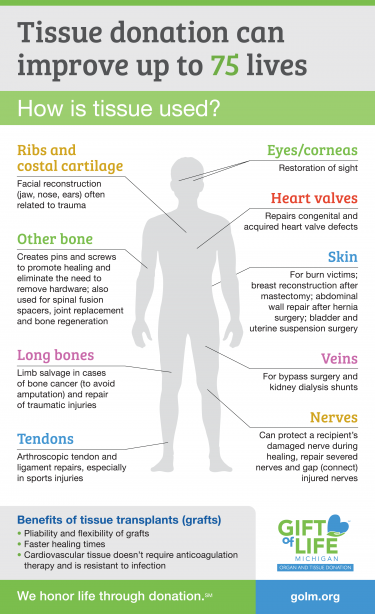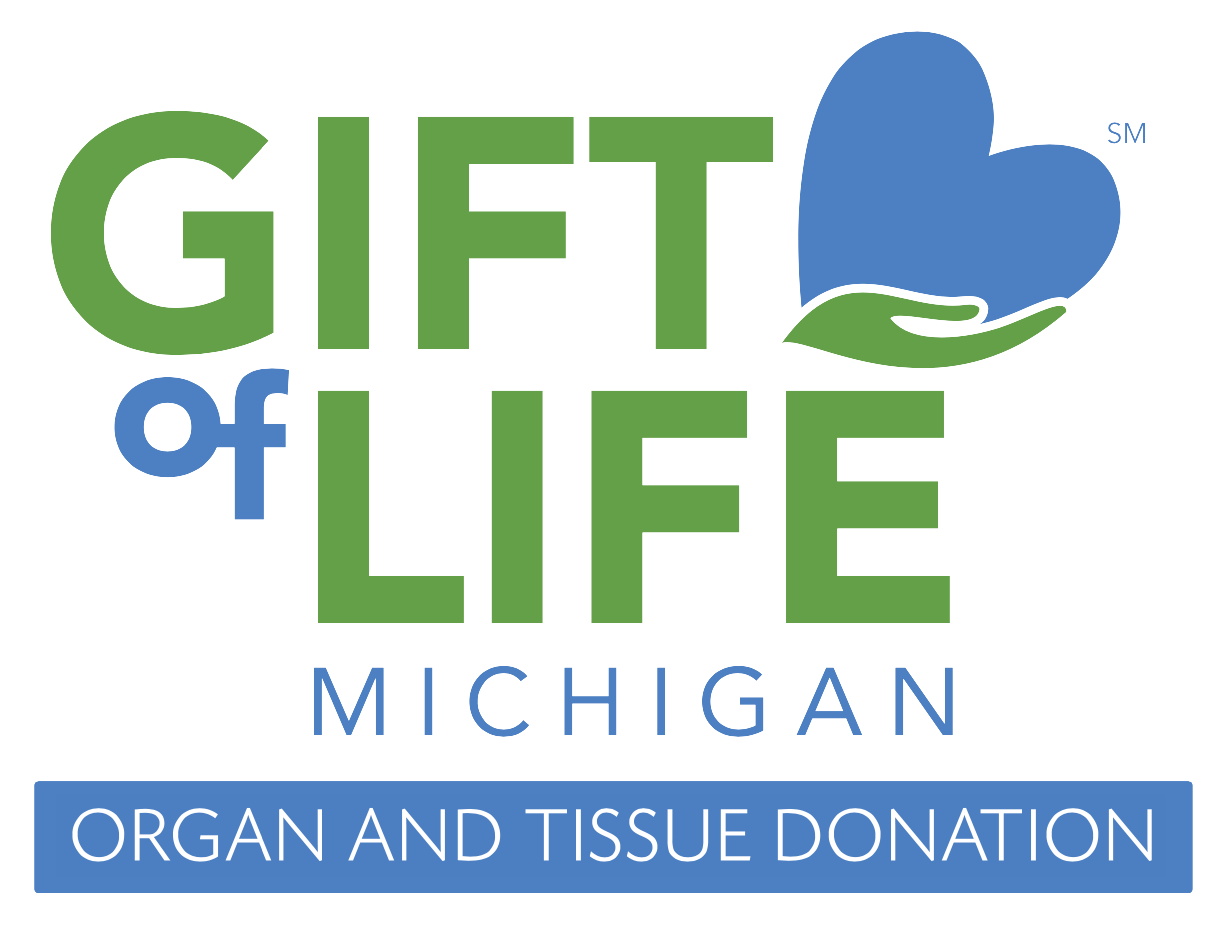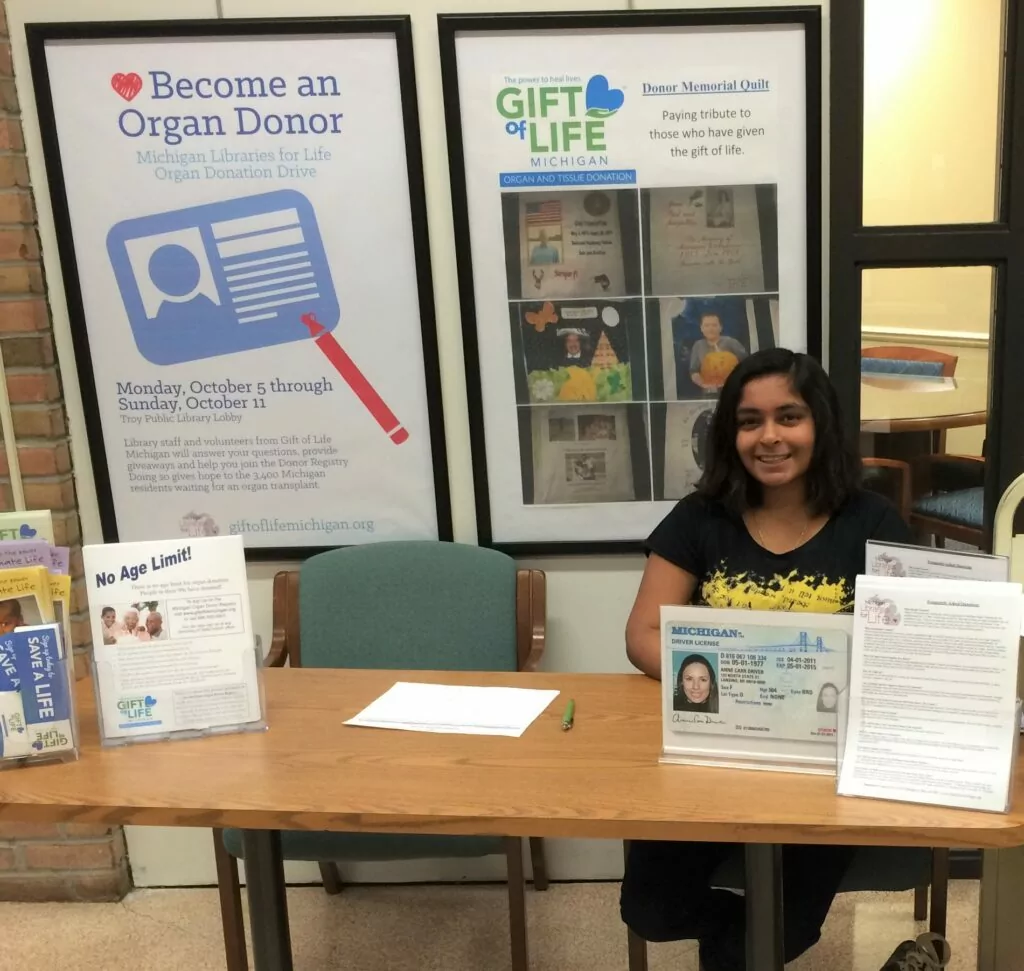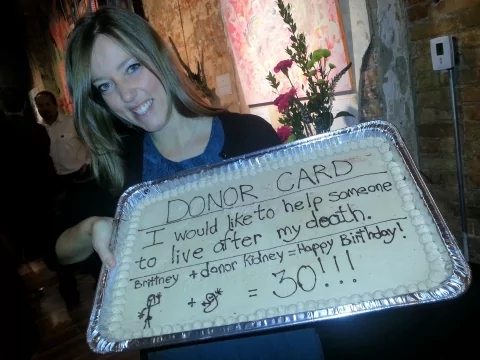The Gift of Life
Becoming an Organ and Tissue Donor
We’ve likely all heard an inspiring organ donation story. One person can donate up to eight life-saving organs, as well as tissue and corneas that can drastically improve the lives of another 75 people.
But do you understand how significant each gift truly is?


Still Have Questions?
We are Here to Put You at Ease
Organ and tissue donation is a gift of life that can help people like Maggie, Ben, and Gina live healthy, happy lives. You can sign up for the Michigan Organ Donor registry here to give others the gift of life!












